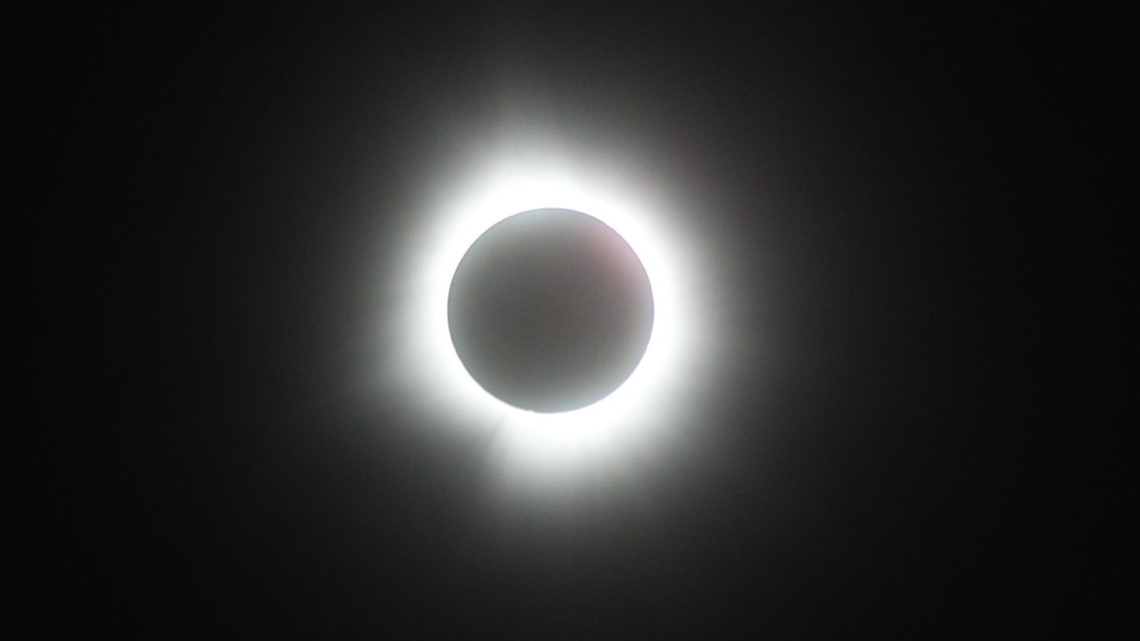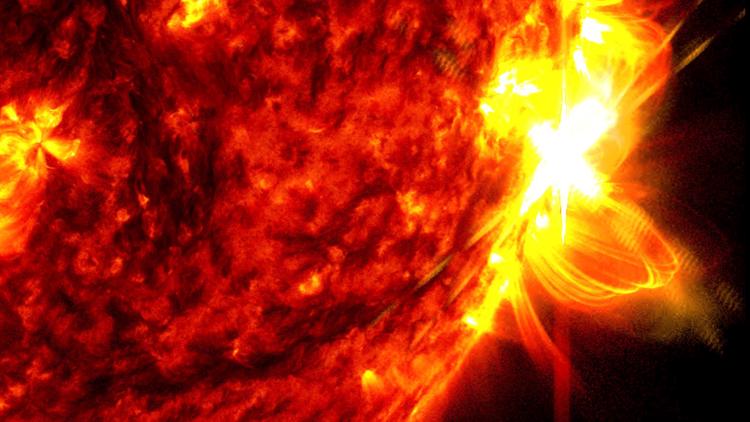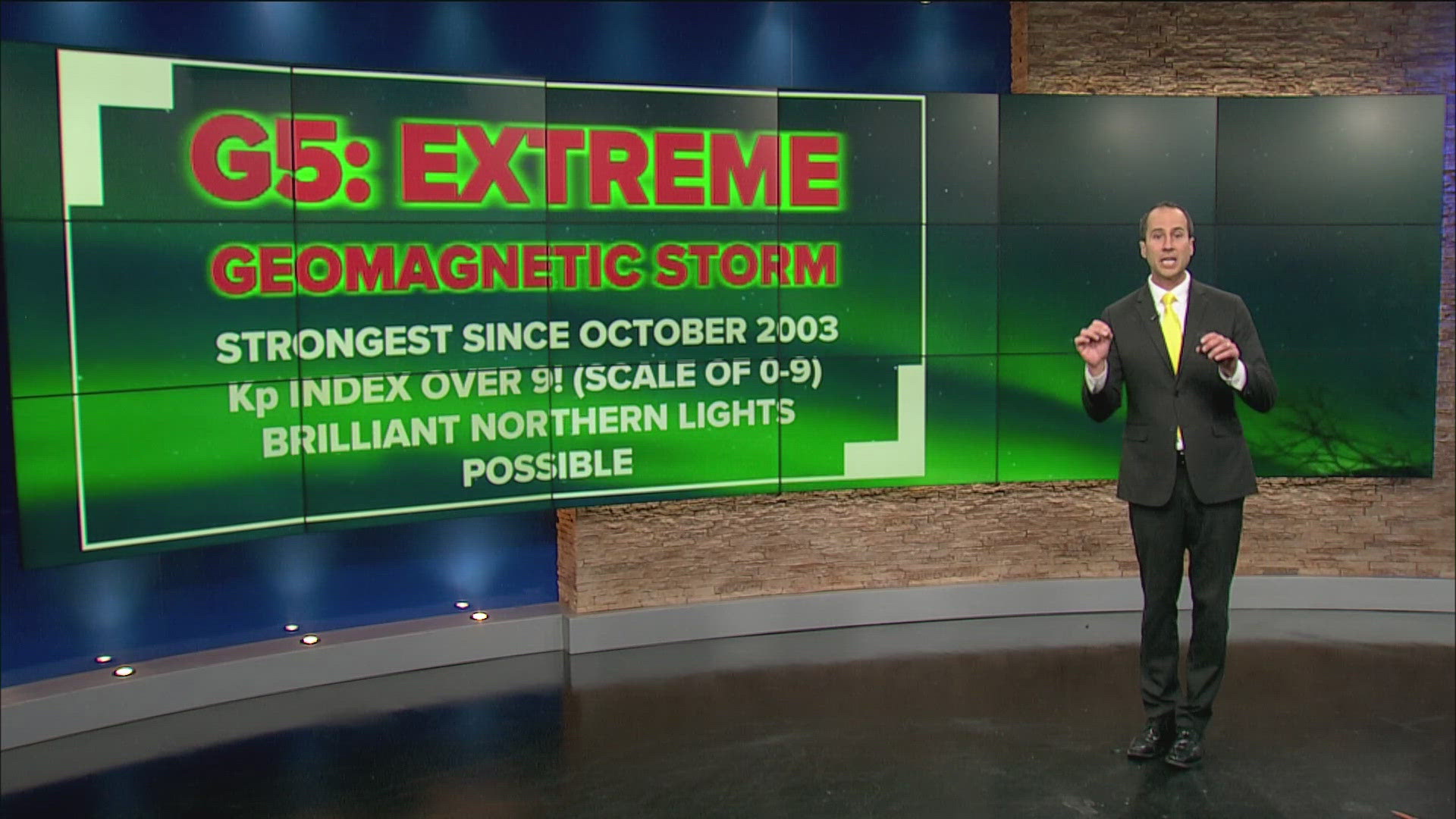TOLEDO, Ohio — A NASA spacecraft is scheduled to make the closest approach to the sun for any craft on record, a mission the government agency said is important to advancing scientific understanding of the sun.
The craft, called the Parker Solar Probe, will come within 3.9 million miles of the sun - closer than any other manmade object in history. It will make the closest approach on Dec. 24, NASA said, and come into contact with the sun's upper atmosphere: the corona.
Many may remember seeing the sun's corona during the April 8 total solar eclipse. When the surface of the sun was totally obscured from Earth by the moon, its corona - the wispy light around the sun - became visible. NASA said Parker's purpose is to collect data to expand human understanding of the origin and evolution of solar wind.


Solar wind, NASA explained, is responsible for a variety of astronomical impacts, including auroras - seen on Earth as the Northern and Southern Lights - among other things. 2024 is the peak of the sun's solar cycle, an 11-year period during which, at certain periods, the solar wind will be more active.
2024 saw several strong geomagnetic storms, making the Aurora Borealis visible as far south as the southern U.S.
READ MORE: Dazzling display of Northern Lights


During its approach to the sun, Parker will withstand extreme temperatures, NASA said. However, the probe's heat shield will ensure the instrument is not damaged. Among the questions NASA hopes to answer with Parker is why the sun's corona is much hotter than the star's surface: the sun's surface is 10,000 degrees, while its corona can reach temperatures up to 3.5 million.
But this isn't the first time Parker has approached the sun - it's just the closest. Parker was launched in 2018 and, over the course of its lifetime, gradually orbited closer to the sun's surface, according to NASA's website. Parker had previously traveled into the sun's corona in December 2021.



